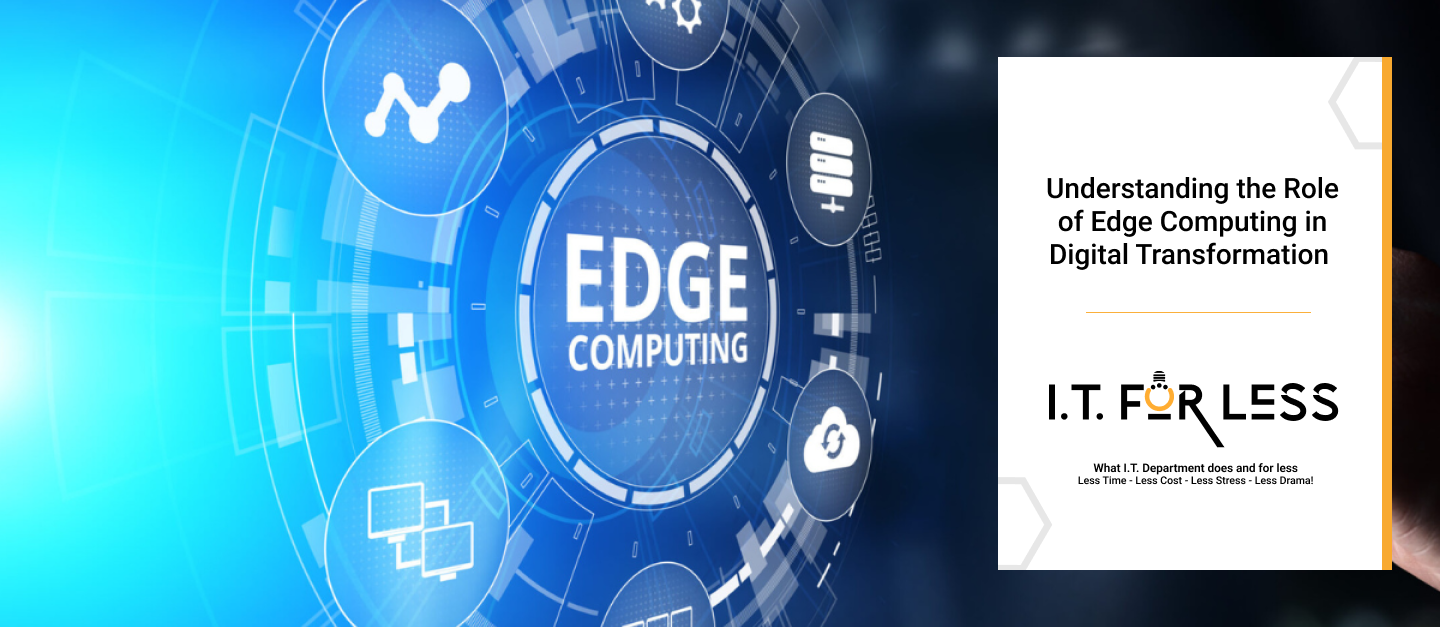Digital transformation is reshaping the way businesses operate, compete, and deliver value. At the heart of this transformation is edge computing, a technology that brings data processing closer to where it is generated, enabling faster insights, reduced latency, and smarter decision-making. Understanding the role of edge computing is essential for organizations aiming to stay competitive in a digital-first world.
What is Edge Computing?
Edge computing refers to the practice of processing data near the source—whether it’s IoT devices, sensors, or local servers—rather than sending all information to centralized cloud data centers. This decentralized approach allows businesses to handle data in real time, improving performance and efficiency across operations.
How Edge Computing Drives Digital Transformation
- Real-Time Decision Making
Edge computing enables instant analysis of data, allowing businesses to respond faster to changes and opportunities. Industries like manufacturing, healthcare, and retail benefit from immediate insights, improving operational efficiency and customer experiences.
- Enhanced Performance and Reduced Latency
By processing data locally, edge computing minimizes the delays associated with transferring data to distant cloud servers. This is critical for applications like autonomous vehicles, smart cities, and augmented reality, where split-second decisions matter.
- Improved Security and Compliance
Edge computing allows sensitive data to be processed on-site before being transmitted to the cloud. This reduces exposure to cyber threats and helps organizations meet regulatory compliance requirements for data privacy.
- Cost Efficiency
Processing data at the edge reduces the volume of information sent to the cloud, lowering bandwidth usage and cloud storage costs. Businesses can optimize resources without compromising performance.
- Support for Emerging Technologies
Edge computing is a key enabler for AI, IoT, and 5G deployments, providing the speed and reliability these technologies require. Organizations leveraging these innovations can accelerate their digital transformation initiatives.
Best Practices for Implementing Edge Computing
- Identify High-Impact Use Cases: Focus on applications where real-time processing provides the most value.
- Deploy Scalable Infrastructure: Use flexible edge nodes that can grow with your business needs.
- Ensure Security: Implement encryption, authentication, and monitoring at every edge point.
- Integrate with Cloud Systems: Combine edge and cloud computing to balance speed with long-term analytics.
- Start Small, Scale Gradually: Begin with pilot projects and expand as you gain experience and insights.
Conclusion
Edge computing is more than a technology trend—it is a cornerstone of digital transformation. By processing data closer to its source, organizations can operate faster, make smarter decisions, enhance security, and reduce costs. Businesses embracing edge computing are better positioned to innovate, compete, and thrive in the digital era.
Partner with I.T. For Less today and take the first step toward leveraging edge computing to transform your business operations with speed, security, and efficiency.
